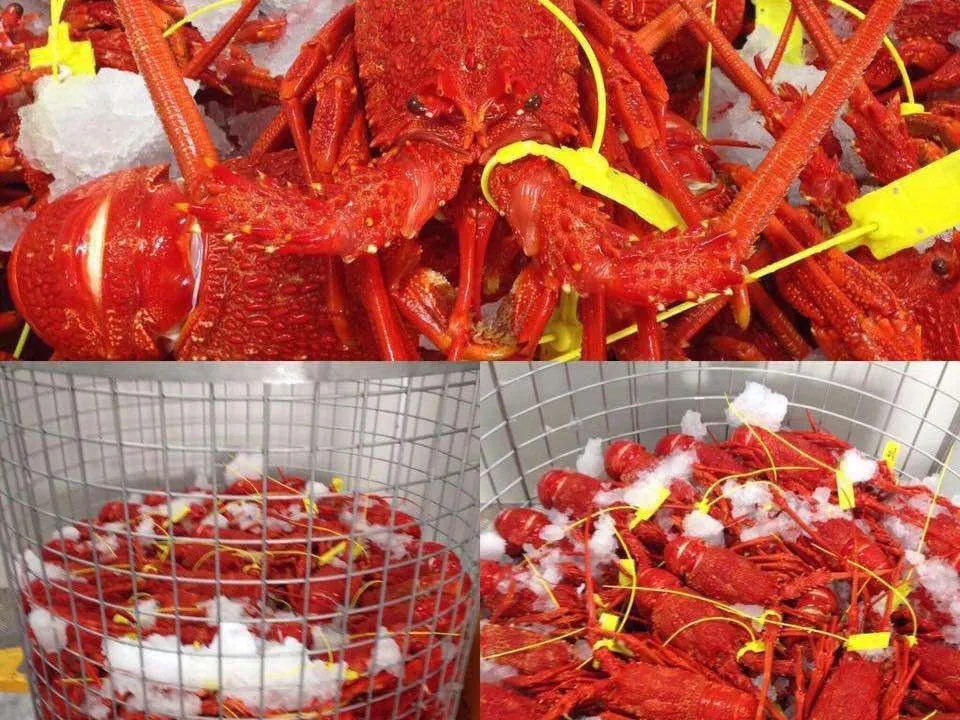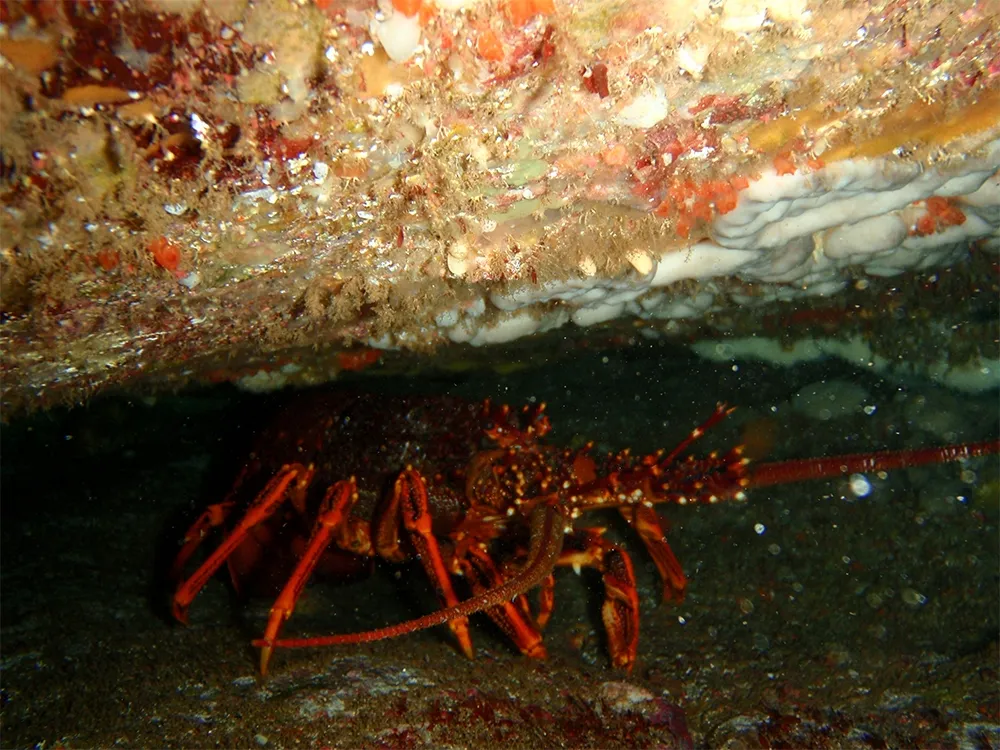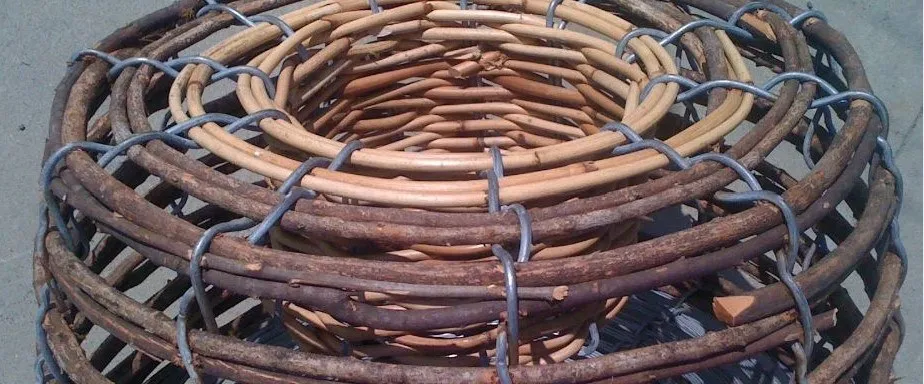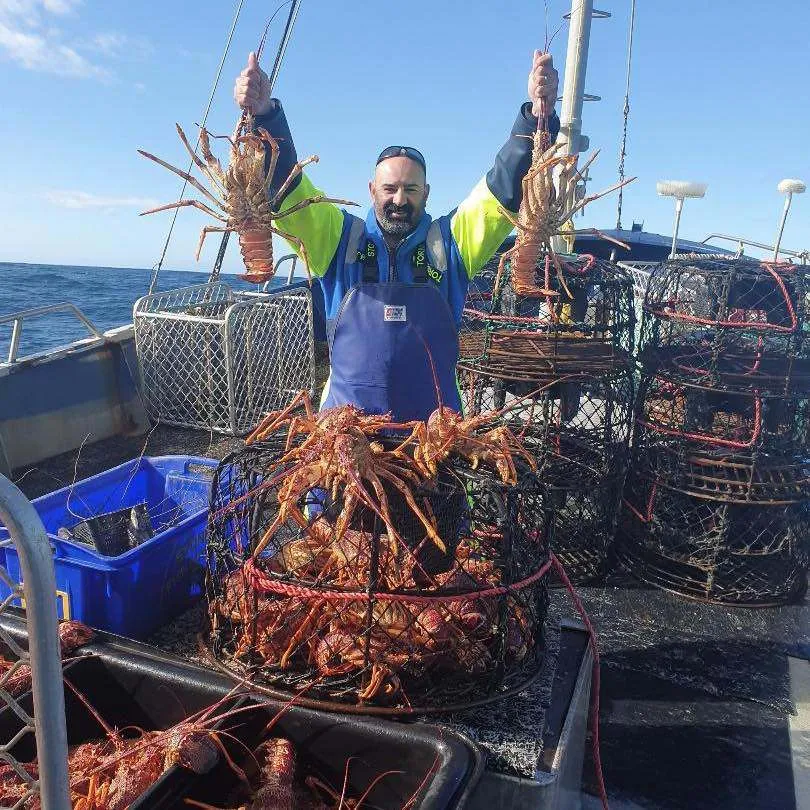Tasmania’s remote location and pristine waters provide the ideal playground for lobster fishing, with seafood making up for one third of our state's agricultural production. Whilst the lobster can be found in seas across the country, it is commonly identified with being Tasmanian produce, and as such has become a huge part of the state's culture.
Our industry has set strict regulations for lobster fishing, which we proudly support. We’re working alongside the Tasmanian government to ensure that southern rock lobsters will be enjoyed for many years to come.
Did You Know?
Our lobsters’ colour can vary, depending on the depth they are caught in. Deep water lobsters are usually paler than their shallow friends.
How to Catch Southern Rock Lobster?
The art of fishing for lobster hasn't changed much over time. The rock lobster is caught mainly in two ways - either by diving, or through the use of craypots. Rock lobster fishing is extremely regulated by the State Governments of Australia, prohibiting the use of snares or a gaff to catch the animal. Craypots can be made out of wood, plastic, or steel, and essentially act as a baiting trap overnight, when the lobster awakens to feed.
Diving is less sophisticated, but has a higher success rate with experience. It is seen as a hobby by many both in Tasmania and Australia overall. Recreational lobster fishers tend to gear towards diving for the lobster, where they will search under rocks to find the creatures. It can be difficult and often at times unrewarding, however its pastime status has seen the activity continue to this very day.
Craypots are usually baited with oily flesh to lure the lobster in. Craypots are deliberately designed to be heavy, as the lobster will be reluctant to go near them if the pot is swaying with the ocean currents. Once pulled, the lobsters can survive for quite some time if kept in the right temperature.
What's in a Name?
The southern rock lobster is affectionately known as a crayfish in Tasmania, but technically it has no relation to the crayfish family! An easy way to tell your crays from your lobsters is that crayfish are found in freshwater, whilst lobsters live in saltwater. The crayfish moniker has stuck, however, and we don't see it changing anytime soon.




